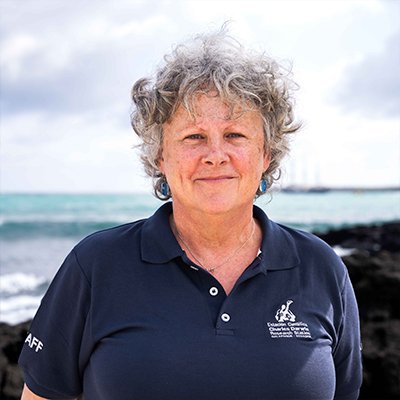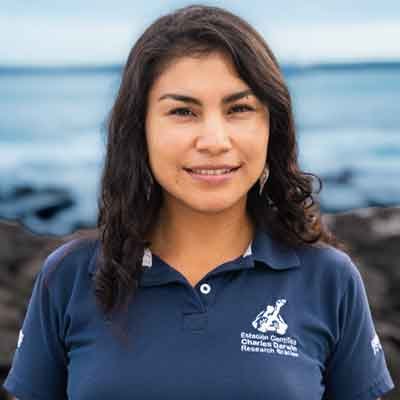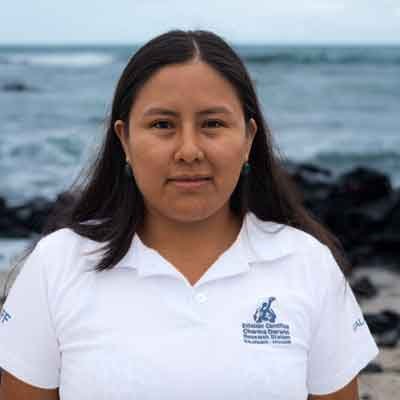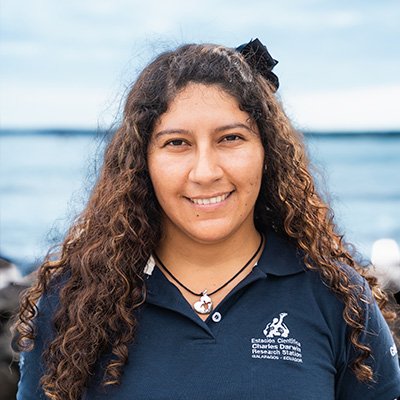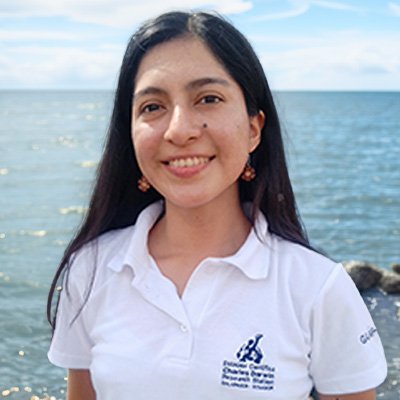In a race against time, our scientists are working hard to find ways to control the avian vampire fly (Philornis downsi), an invasive parasitic fly that is affecting the survival of the unique small landbirds of the Galapagos Islands, including the iconic Darwin’s finches.
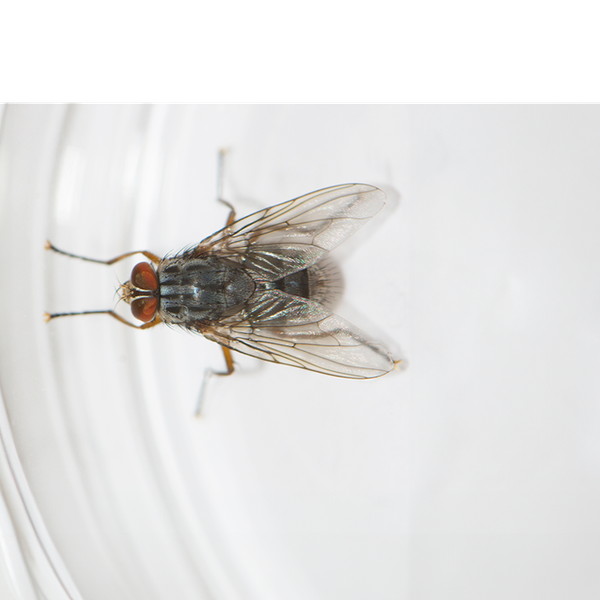
Our team
Charlotte Causton
Principal Investigator - Control of the Avian Vampire Fly
Paola Lahuatte
Researcher
Saúl Aguirre
Researcher
Andrea Cahuana
Research Assistant
Magally Infante
Research Assistant
Joselyn Yar
Research Assistant
Frecia Pinguil
Laboratory Assistant
We also work closely with the landbird conservation team
Current donors
COmON Foundation
Galapagos Conservancy
Lindblad Expeditions – National Geographic Fund
Re:wild
Fondo para Control de Especies Invasoras de Galápagos (FEIG)
Collaborators
Galapagos National Park Directorate
Galapagos Biosecurity Agency
Escuela Superior Politécnica del Litoral (ESPOL)
Instituto Nacional de Biodiversidad (INABIO)
Universidad Central del Ecuador
Universidad Estatal del Sur de Manabí.
Agri Canada, National Collections Canada
Columbia University
CONICET- Argentina
Flinders University
Hebrew University of Jerusalem
International Atomic Energy Agency (IAEA)
Kent State University
Macquarie University
Northern Illinois University
SUNY- ESF
Syracuse University
University of Connecticut
University of Minnesota
University of Missouri
University of Stirling
University of Utah
Universidad Veracruzana - INBIOTECA
University of Vienna
USDA-ARS Missouri
Victoria University of Wellington, New Zealand
Harvard University
Instituto Nacional de Tecnología Agropecuaria, Argentina
University of Bern, Switzerland
University of Natural Resources and Life Sciences, Austria
The challenge
There are 29 species of small landbirds in the Galapagos Islands, and 90% of them are endemic. These include 17 species of Darwin’s finches, the colorful Little Vermillion Flycatcher and the charismatic mockingbirds. Today, we know that at least 21 (75%) of the endemic and native small landbird species are attacked by the avian vampire fly.
The avian vampire fly lays its eggs in bird nests, and its larvae feed on the blood of hatchlings, resulting in unsustainably high levels of mortality. It is estimated that this fly is causing population declines in at least eight small landbird species, six of which are threatened according to the IUCN Red List. Species of particular concern include the Mangrove Finch, the rarest bird in Galapagos.
The avian vampire fly was accidentally introduced to Galapagos from mainland Ecuador in the 1960’s. In the absence of its natural enemies, which keep it in check on mainland Ecuador, this species has spread far and wide in Galapagos. Control of this fly is very challenging because bird nests are hard to reach, and methods used need to be safe for birds and the environment.
What we are doing
To reduce the impact of the avian vampire fly on landbirds, the Charles Darwin Foundation and Galapagos National Park Directorate (GNPD) are coordinating a multi-institutional collaboration effort which currently includes more than 31 institutions from 11 countries. Researchers are working on understanding the biology and ecology of this little-known fly and finding effective, environmentally-friendly control methods for protecting Galapagos landbirds.
Understanding this little-known fly
Developing control methods for the little-known avian vampire fly is a huge challenge. For starters, we need to be able to maintain colonies of the fly in the laboratory for our studies. Scientists have developed a method for rearing fly larvae on a diet that replaces that of their living bird hosts, but they are still working on how to successfully breed adult flies in captivity, something that has never been achieved before and is proving very hard to figure out!
Understanding the crucial ingredients in the fly’s diet may provide some clues. Also, figuring out how the flies find bird nests and find their mates. Scientists have discovered that bird odors play a role in helping flies locate nests and lay eggs. Flies also appear to produce odors to attract mates (these are called pheromones). Research is now underway to understand the chemical compounds that make up these odors. This research could lead to improvements in fly breeding as well as the development of trapping methods to lure and capture flies.
Researching Biological control
Biological control involves introducing a natural enemy of the fly to the Galapagos Islands to reduce its population size and impact on birds. This type of control can be used only when it is shown through years of studies that the natural enemy would not have any negative impacts on Galapagos species and ecosystems. However, once this is done, this can result in sustainable long-term control of an invasive species.
For controlling the avian vampire fly, scientists are evaluating natural enemies found on mainland Ecuador for their potential to be used in a biological control program. Two species of small, parasitic wasps, Conura annulifera and Trichopria sp. novus (new to science), are candidates. Colonies of these wasps have been established in a laboratory at ESPOL on mainland Ecuador and are being studied to ensure they do not pose a risk to Galapagos species.
Implementing stop-gap measures
While long-term solutions are found to protect birds from this deadly fly, we need to ensure that the most endangered species of birds, such as the Mangrove Finch, are protected from further declines. CDF’s landbird and Philornis teams are working with the GNPD and collaborating scientists to develop methods for protecting the nests of the most endangered bird species. Specifically, they are testing techniques that involve treating bird nests with bird-safe insecticides or repellents and studying potential chemical lures that can be used for trapping programs in areas where endangered birds nest.
Specific program objectives
- Understand the ecology and biology of avian vampire fly, Philornis downsi, on the Galapagos Islands and mainland Ecuador.
- Develop and test methods to control the avian vampire fly in the nesting areas of the critically endangered Mangrove Finch and other threatened bird species.
- Identify a chemical attractant or mixture of attractants for use in the management of Philornis downsi.
- Determine if the natural enemies of the avian vampire fly found on mainland Ecuador can be used in a biological control program in Galapagos.
- Successfully breed the avian vampire fly in the laboratory to satisfy research needs and evaluate control techniques, including the Sterile Insect Technique, a method that requires breeding large numbers of flies.
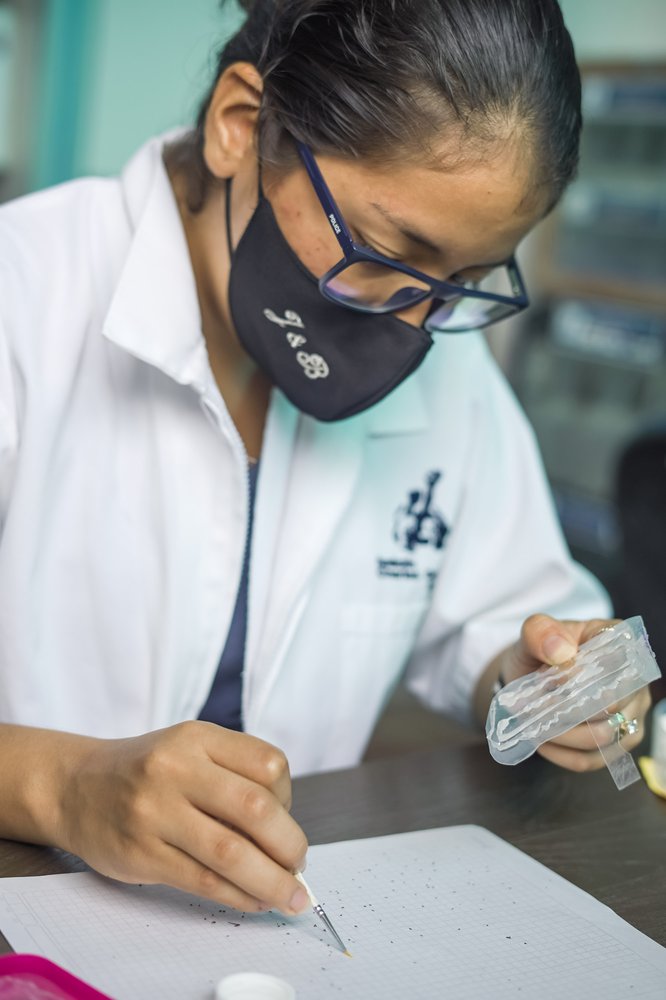
Why it matters
The avian vampire fly is the number one threat faced by endemic landbirds in Galapagos, including iconic species such as the Little Vermilion Flycatcher and the Mangrove Finch, which has only 60 individuals estimated to be left in the world. The loss of even a single bird species would be a major loss for biodiversity and ecosystem function. We need to safeguard their future before it is too late.
Our impact to date
While scientists are exploring a long-term control solution for the avian vampire fly, some initiatives have already been put in place. These include:
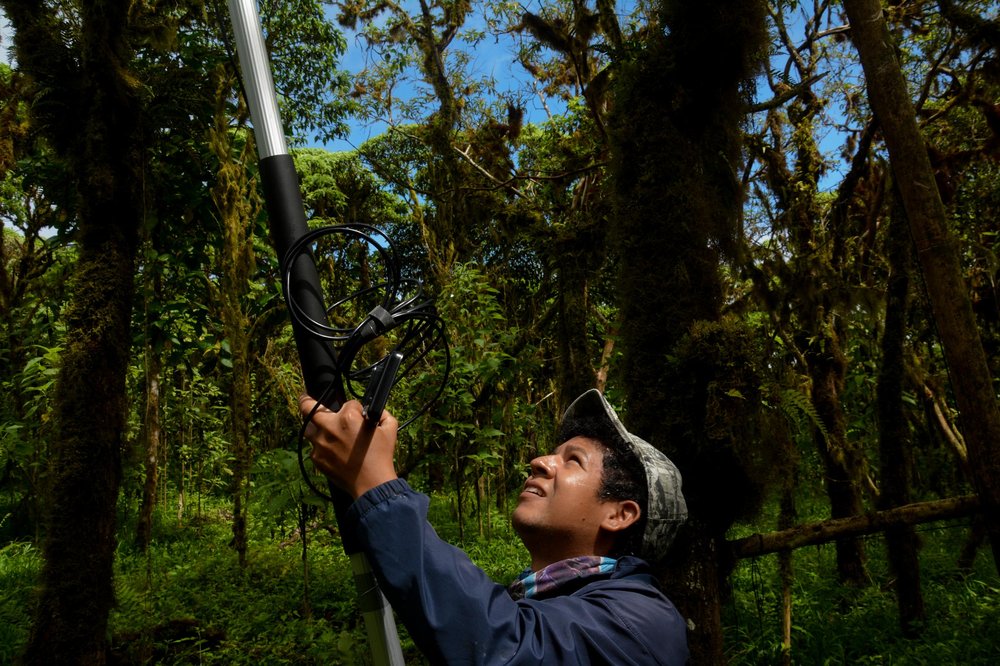
Scientists have developed a technique to inject a low-toxicity insecticide into the base of bird nests where the avian fly larvae live. While highly labor intensive and logistically challenging, this method has resulted in the survival of chicks of several Darwin’s Finches species, including the Mangrove Finch, as well as the rare Little Vermilion Flycatcher. Before this method was implemented, mortality of chicks in a nest was up to 100%.
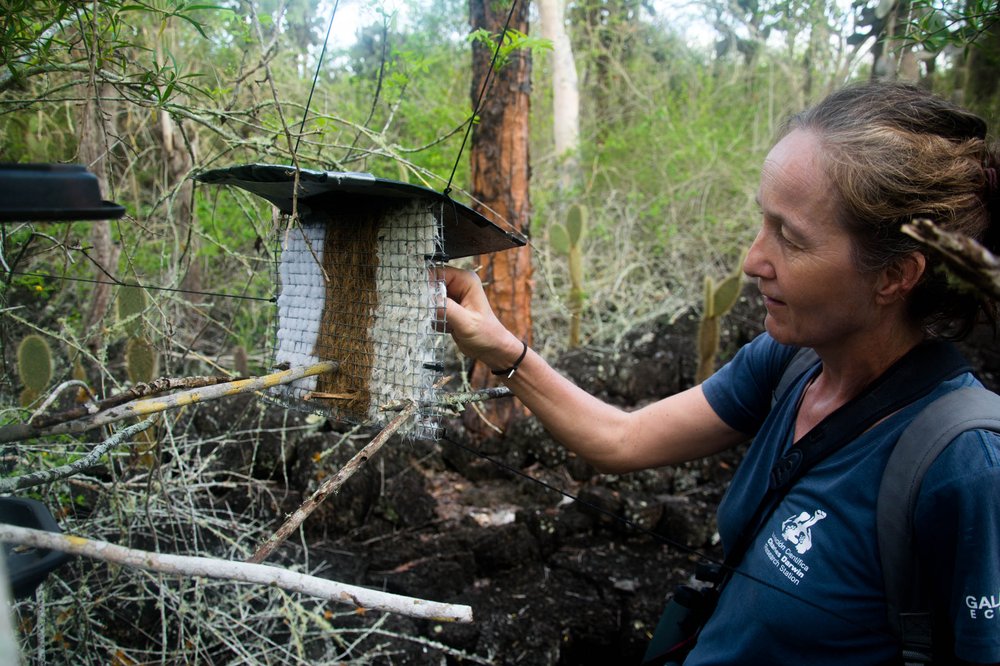
Scientists have been trialing self-fumigation stations where birds can collect an array of nesting material (cotton, pillow feathers and sisal) that has been treated with a low-toxicity insecticide. This material is used by the birds to build their nest and, in turn, significantly reduces fly infestations. This method has been incorporated into the control toolbox, and in 2024 will be used to help recover bird populations on Floreana Island, an island highly impacted by invasive species.

Scientists have successfully developed a method for rearing fly larvae in the lab, which is essential to ensure enough flies for testing and trialing of effective control methods at scale in a controlled environment. For example, right now, we are producing at a minimum 12,000 fly pupae every year to help evaluate potential biological control agents.
Key Resources
Causton, C. & Fessl, B. Avian nest parasitic flies -Philornis downsi and related species. Chapter 82 in Fowler's Zoo and Wild Animal Medicine. In press
Fessl, B., Heimpel, G.E., & Causton, C.E. (2018). Invasion of an avian nest parasite, Philornis downsi, to the Galapagos Islands: colonization history, adaptations to novel ecosystems, and conservation challenges. Disease Ecology, Social and Ecological Interactions in the Galapagos Islands, 213-268. Springer International Publishing AG. DOI 10.1007/978-3-319-65909-1_9
Ben-Yosef, M.S., Zaada, D.S.Y., Dudaniec, R.Y., Pasternak, Z., Jurkevitch, E., Smith, R.J., Causton, C. E., Lincango, M.P., Tobe, S.S., Mitchell, J.G., Kleindorfer, S., & Yuval, B. (2017). Host-specific associations among the microbiome of the parasitic fly Philornis downsi and Darwin’s finches. Molecular Ecology. DOI: 10.1111/mec.14219
Bulgarella, M., Quiroga, M. A., Boulton, R. A., Ramírez, I. E., Moon, R. D., Causton, C. E., & Heimpel, G. E. (2017). Life Cycle and Host Specificity of the Parasitoid Conura annulifera (Hymenoptera: Chalcididae), a Potential Biological Control Agent of Philornis downsi (Diptera: Muscidae) in the Galapagos Islands. Annals of the Entomological Society of America. doi.org/10.1093/aesa/saw102
Cha D. H. , Mieles A. E., Lahuatte P., Cahuana, A., Lincango, M. P., Causton, C. E., Tebbich, S., Cimadom, A., & Teale, S. A. (2016). Identification and optimization of microbial attractants for Philornis downsi, an invasive fly parasitic on birds. Journal of Chemical Ecology. Link
Lahuatte, P. F., Lincango, M. P., Heimpel, G. E. & Causton, C. E. (2016). Rearing larvae of the avian nest parasite, Philornis downsi (Diptera: Muscidae), on chicken blood-based diets. Journal of Insect Science 16: 84: 1-7. doi.org/10.1093/jisesa/iew064
Lincango, P., Causton, C., Cedeño, D., Castañeda, J., Hillstrom, A. & Freund D. (2015). Interactions between the Avian Parasite, Philornis downsi (Diptera: Muscidae) and the Galapagos Flycatcher, Myiarchus magnirostris Gould (Passeriformes: Tyrannidae). Journal of Wildlife Diseases. 51: 907-910. doi.org/10.7589/2015-01-025
Bulgarella, M., Quiroga, M. A., Brito Vera, G. A., Dregni, J. S., Cunninghame, F., Mosquera Muñoz, D. A., Monje, L. D., Causton, C. E., & Heimpel, G. E. (2015). Philornis downsi (Diptera: Muscidae), an avian nest parasite invasive to the Galápagos Islands, in mainland Ecuador. Ann. Entomol. Soc. Am. 108: 242–250. doi.org/10.1093/aesa/sav026
Causton, C. E. & Lincango, M. P. (2014). Review of chemical control methods for use against Philornis downsi in nests of threatened Galapagos birds, with an in-depth nontarget risk assessment of permethrin. Technical report No 1-2014. Charles Darwin Foundation for the Galapagos Islands. ISSN: 1390-6526.
Causton C. E., Cunninghame, F. & Tapia, W. (2013). Management of the avian parasite Philornis downsi in the Galapagos Islands: a collaborative and strategic action plan. Galapagos Report 2011-2012. GNPS, GCREG, CDF and GC. Puerto Ayora, Galapagos, Ecuador. Management of the avian parasite Philornis downsi in the Galapagos Islands
Why support us
Much has been achieved already by our team of scientists, but combating the avian vampire fly is a timely and labor-intensive endeavor. We need sustained funding to produce lasting and robust results that will allow us to protect the iconic Galapagos landbirds, some of which inspired Charles Darwin’s theory of evolution.
By supporting this program, you are helping us combat one of the most urgent threats facing Galapagos biodiversity and you are helping us to prevent possible extinctions.
Here are some specific examples of how your donation could be used to:
- Buy equipment needed to catch flies and fund our monitoring efforts in the field, including staff time, traps and food.
- Fund research into the biology and behavior of the avian vampire fly. This information is essential for developing effective control methods.
- Develop and test new control methods for the fly. This could include development of new nest treatment methods, traps, or other methods that are safe for birds and other wildlife.
- Support the captive breeding of the avian vampire fly. This could be used to study the fly's biology and behavior, to test new control methods, and to develop a method for raising and releasing the fly's natural enemies in the Galapagos Islands.
- Support the field implementation of control methods for the fly. This could include deploying traps, releasing natural enemies, or applying insecticides to nesting areas.
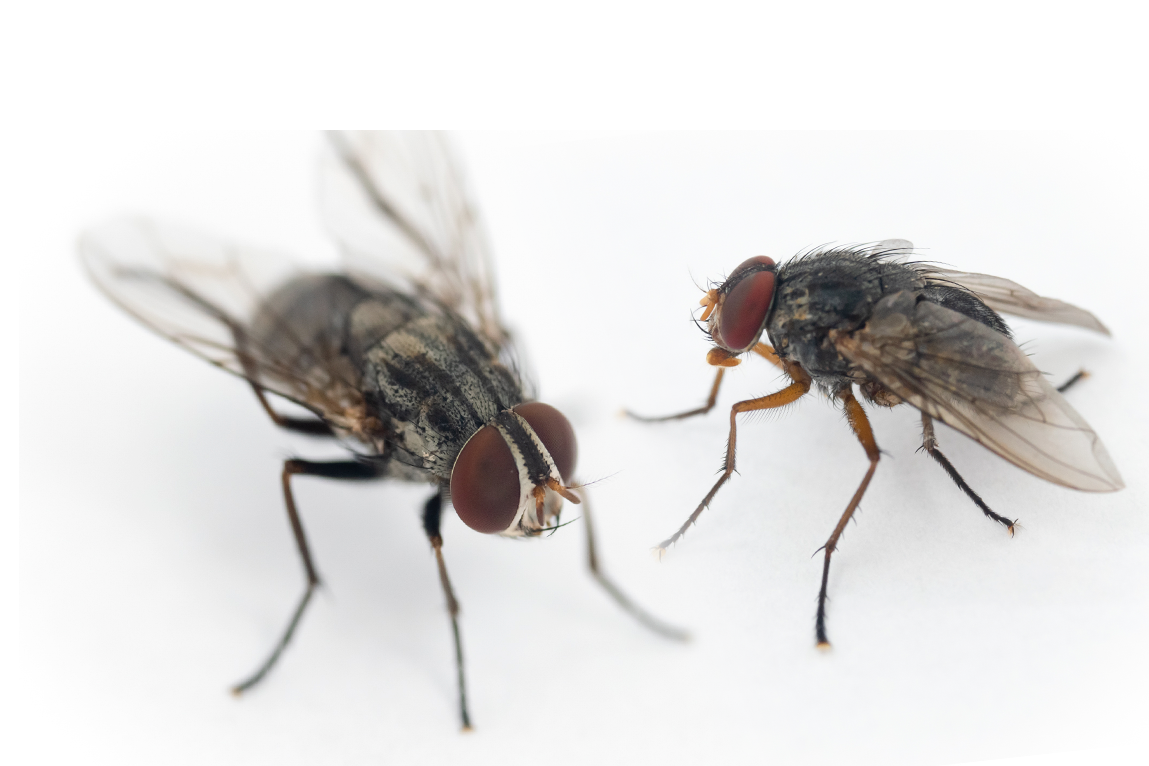

Protect Galapagos, Impact the World
The impact you make on this small ecosystem of enormous biodiversity is part of a larger footprint you are leaving for the world's future. Join us on our mission to safeguard one of our planet’s most important natural treasures through science and conservation action by making a donation today. Thank you for making an impact with us.





